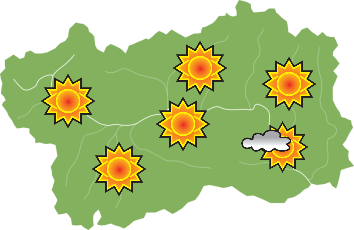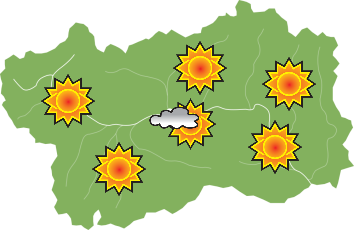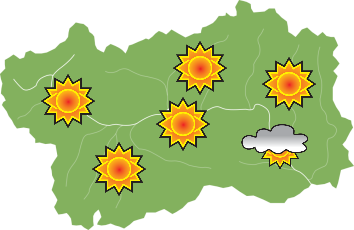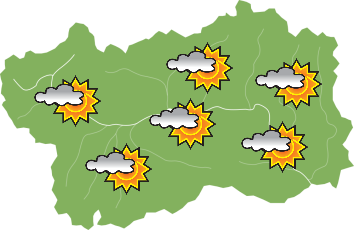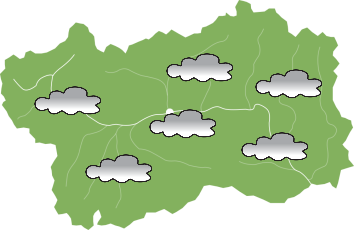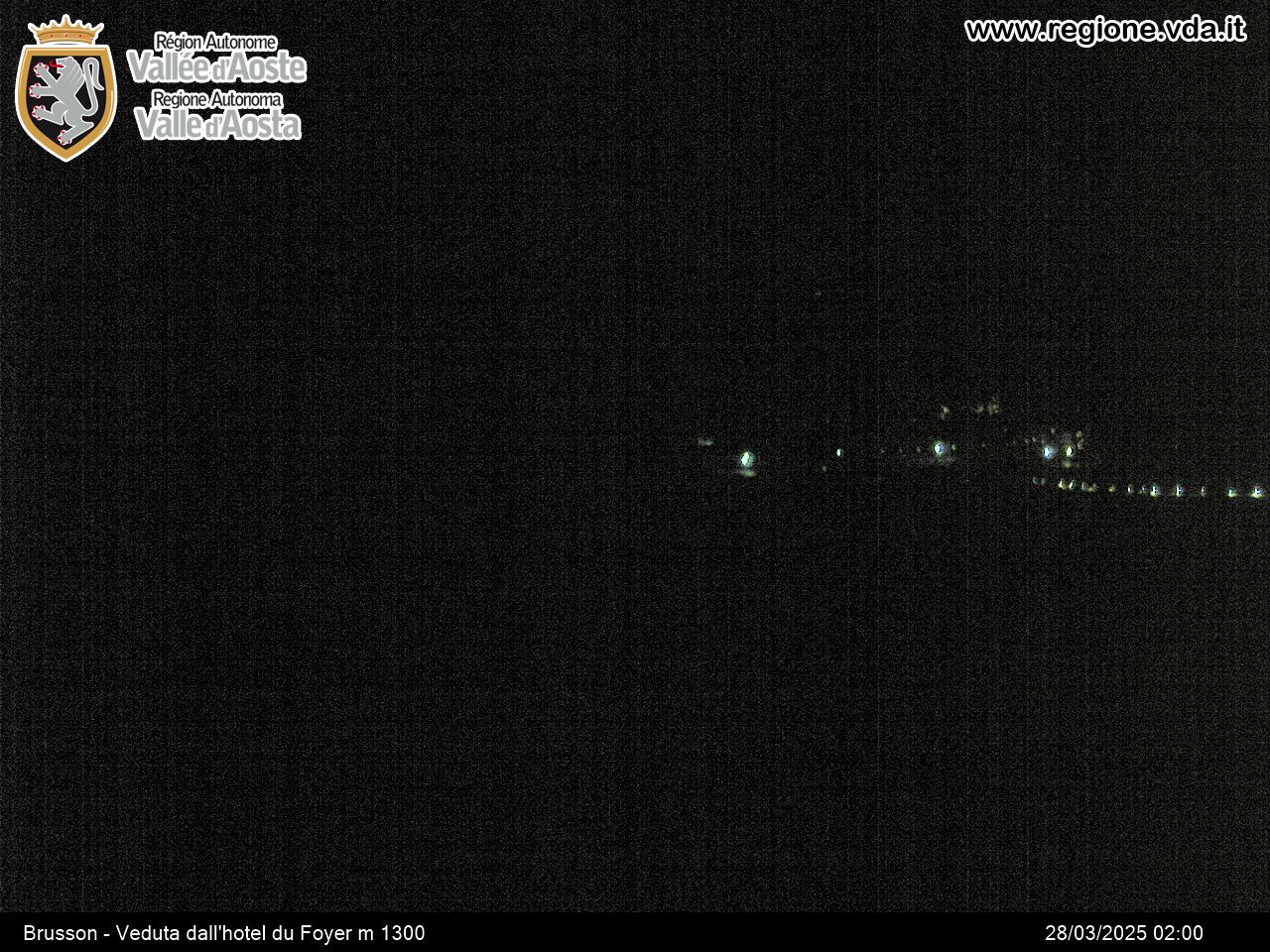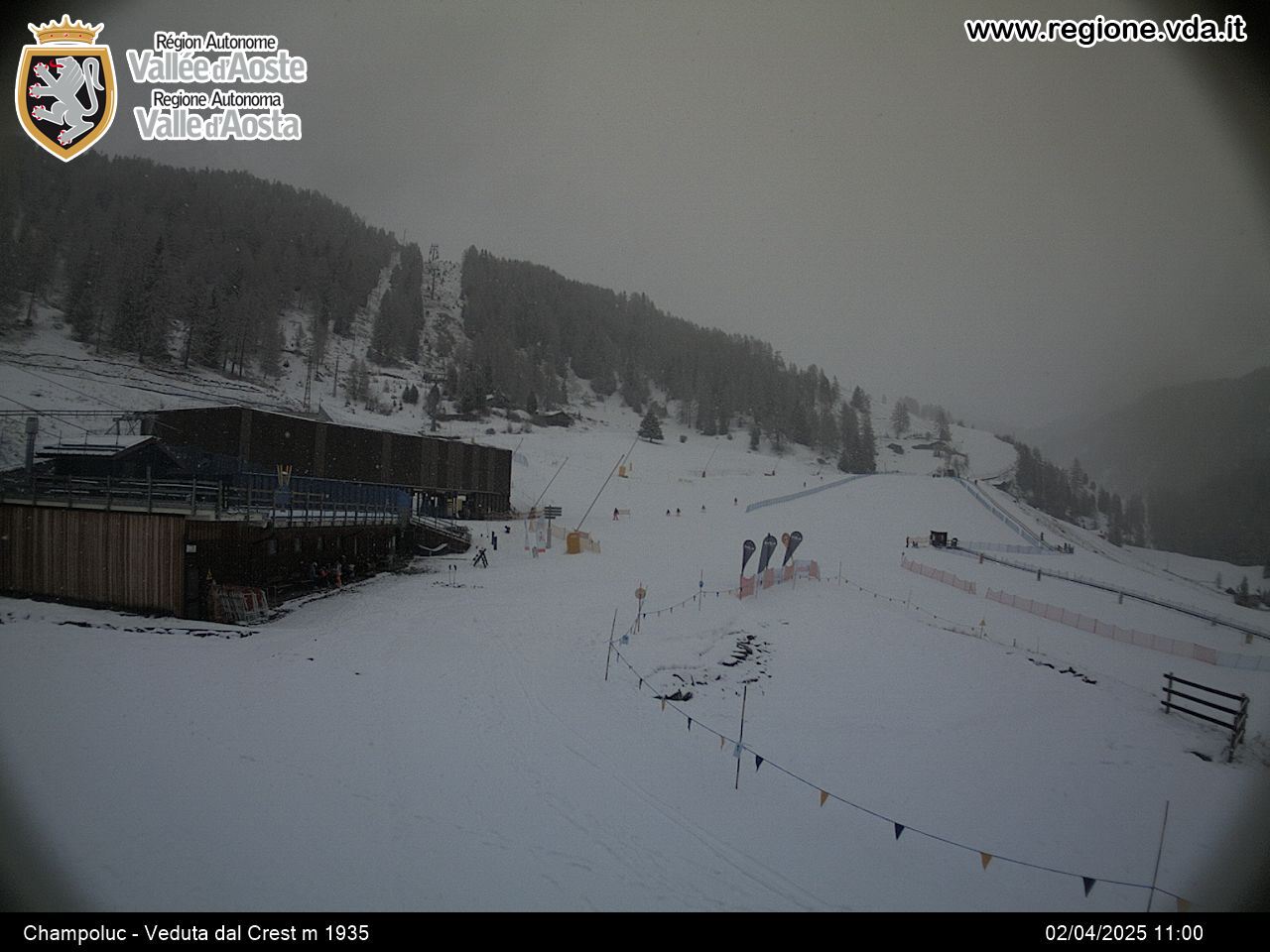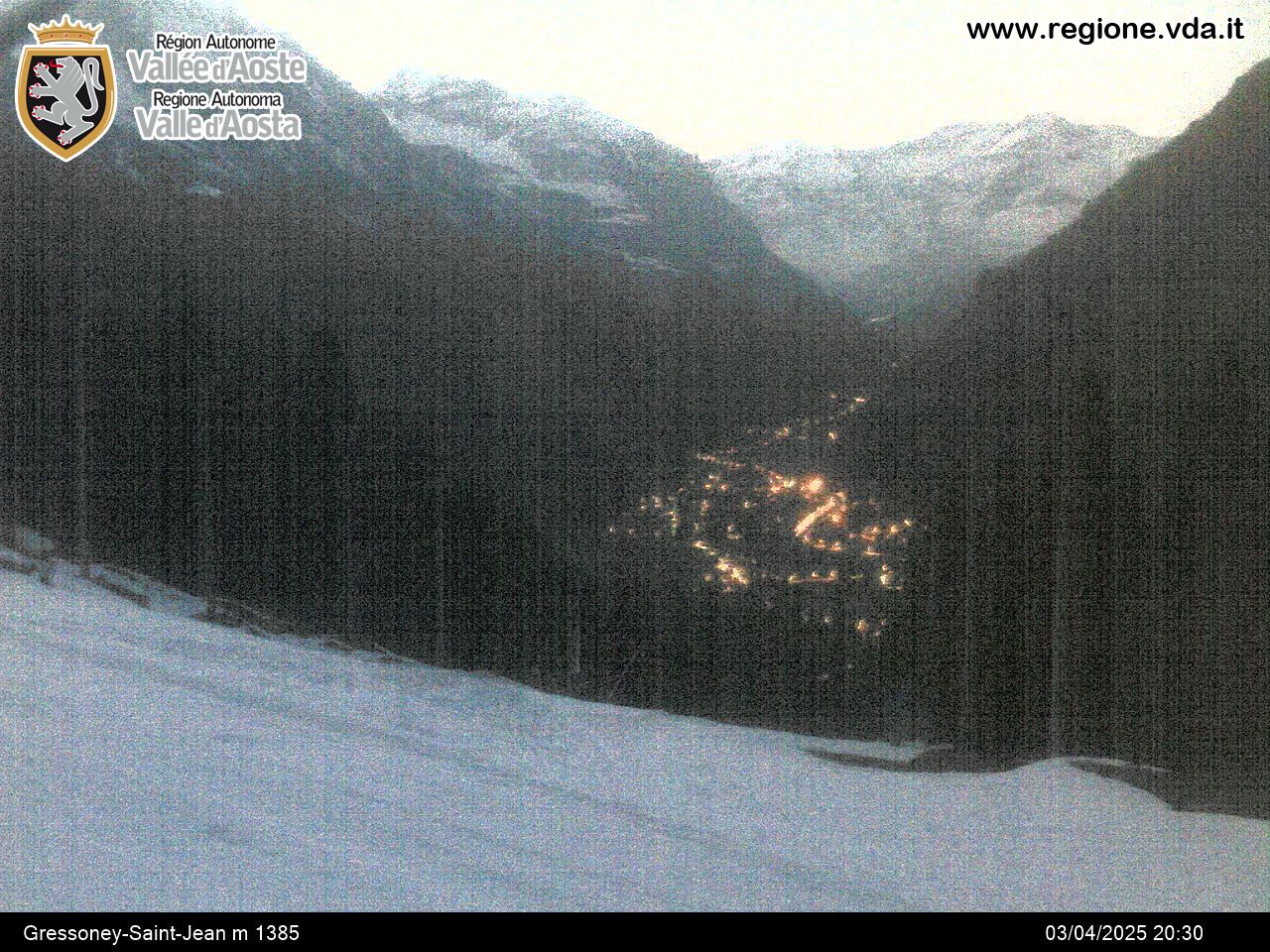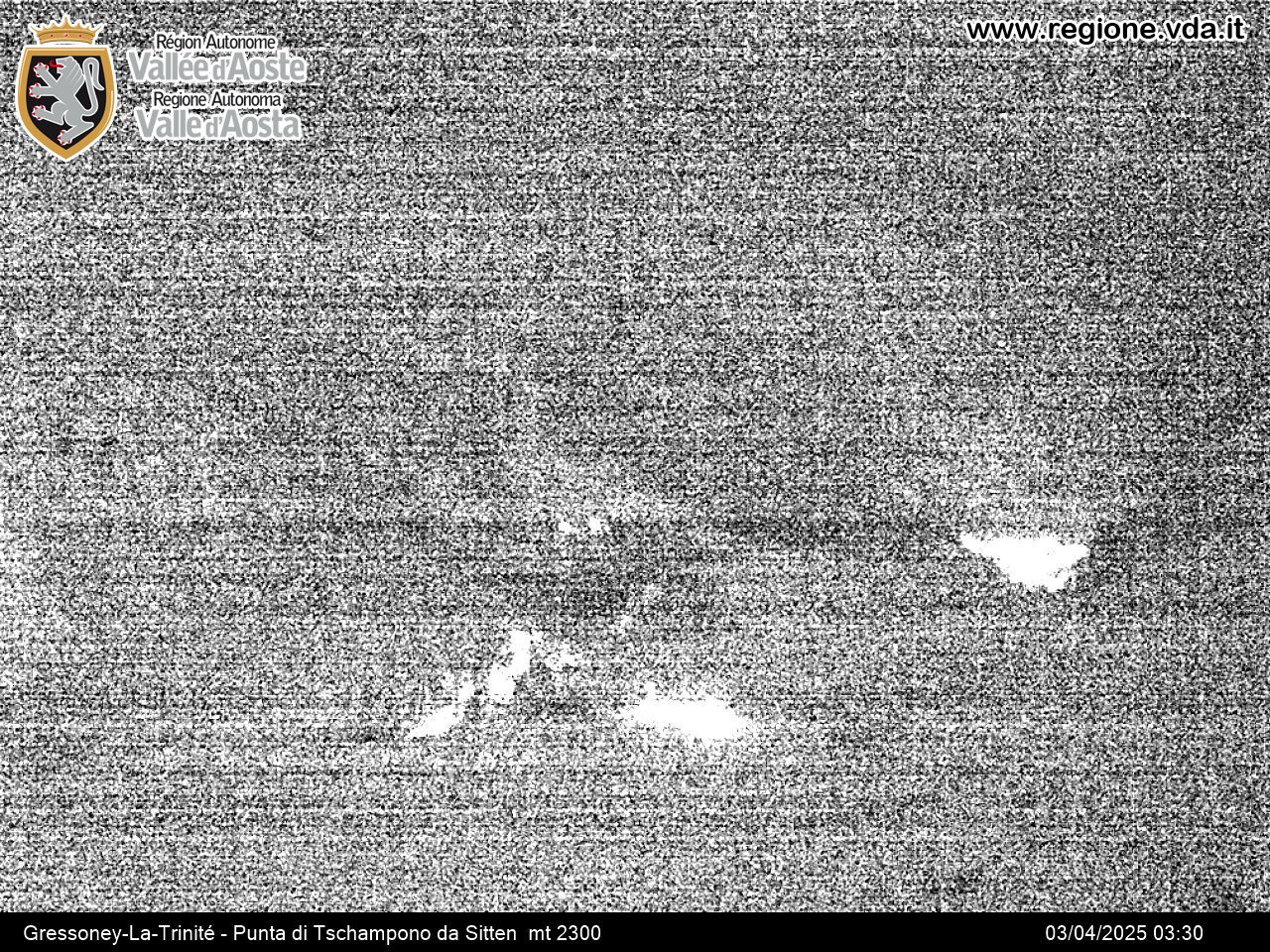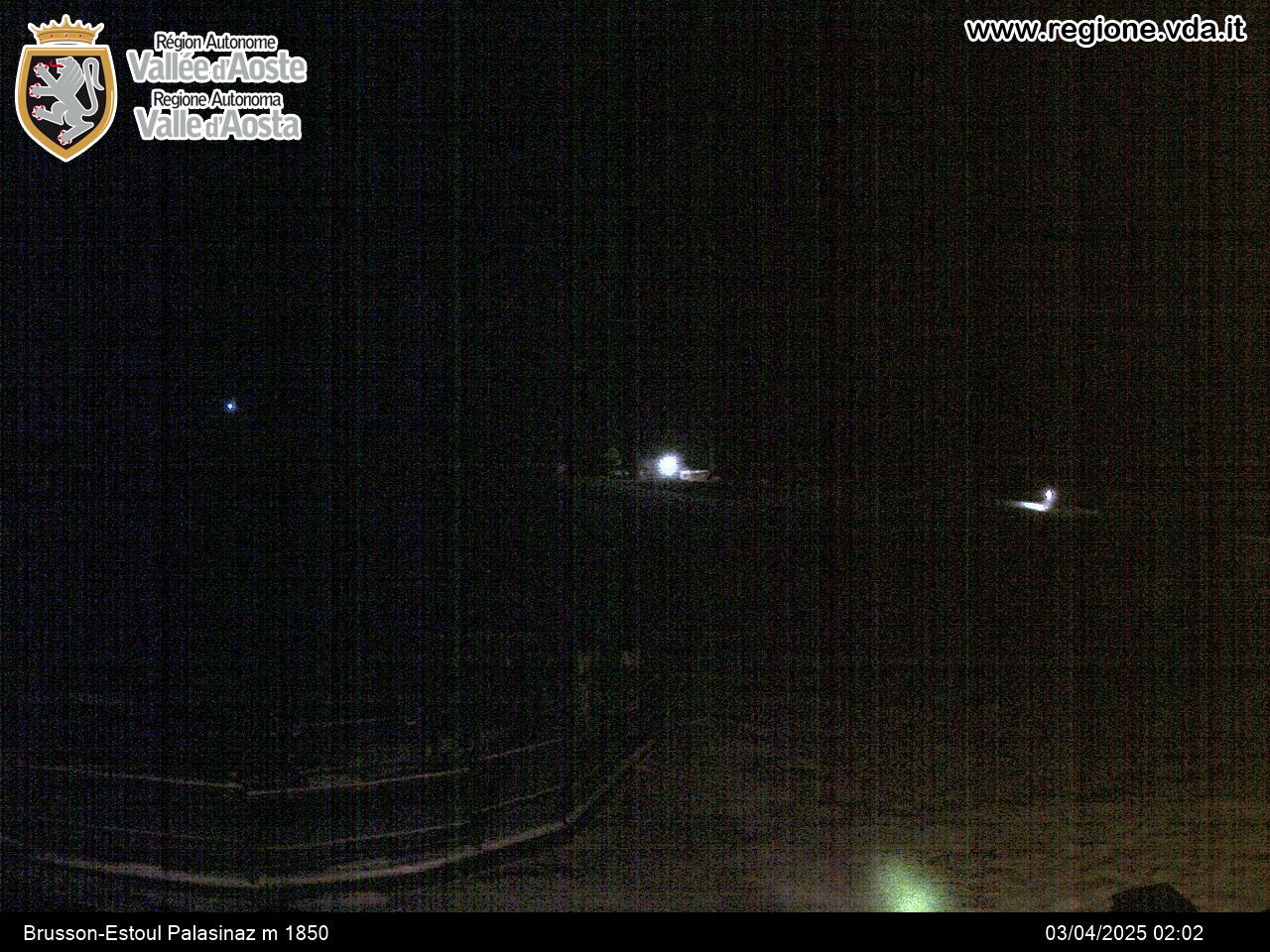Challand-Saint-Anselme
Challand-Saint-Anselme, a tiny village lying at 1036 metres, is the second bourg you meet with when you travel up the Ayas valley. The area is set between thick chestnut forests, meadows and pastures, in a natural setting that becomes more and more mountainous. Its history, like that of the neighbouring municipality of Challand-Saint-Victor, is linked to the illustrious Challant family’s life, the most important Valdôtain family in the Middle Ages.
The water has always played a fundamental role in the economy of the village, since it has always been exploited for the development of agriculture; as a matter of fact antique irrigation channels still cross the territory. The dense network of routes and passes confirm the important role of Challand-Saint-Anselme as a trading centre and crossroads to the surrounding valleys.
WHAT TO SEE
● The Parish Church of Saint Anselme: located in the hamlet of Quinçod and consecrated in 1762, it preserves an XVIII century tabernacle made of carved, painted and gilded wood, as well as other sacred objects and furnishings dating from the XVI to the XVIII centuries.
● The Ruvère Mill: this mill has been built along the banks of the Evançon stream at the entrance to the Chasten valley. Now restored, it was used for the grinding of grains and for the making of walnut oil.
● The Shrine of Saint Anne: it was rebuilt at the end of the XIX century on the remains of an ancient XVII-century chapel, in neo-Gothic style. Every year on 26th July a celebration at the shrine is held, a simple yet suggestive event, during which children are blessed.
NATURE AND SPORT
The village is dominated by the impressive Corno Bussola and is surrounded by high peaks, including the Becca Torché, the central summit of the “Dames de Challand” chain. The area offers its guests many possibilities of excursions, rather interesting both from an historical and naturalistic point of view, which have various difficulty levels. The most experienced mountain bikers can reach wonderful hamlets, at over 2000 metres of altitude, along old roads and technical tracks.
For winter holidays, Challand-Saint-Anselme allows people to reach in a few minutes Brusson, known for its cross-country skiing trails, and Champoluc, with the vast Monterosa Ski area for downhill skiing.
EVENTS AND TRADITIONS
● Wood fair - Travail di Veillà: exhibition of the typical Aosta Valley handicraft which takes place on the first Sunday of August along the streets of the hamlet of Quinçod.
● Black bread festival: the community ovens of the villages of nearly 50 Aosta Valley municipalities, including the oven in the hamlet of Tilly, fire up to bake the traditional black bread.
● Li Gourmandize da Mare Grousa - The old grandma’s recipes: every year in August, the old crafts of the past are revived in the village of Quinçod and traditional recipes are proposed, accompanied by live music.
A CURIOUS LEGEND
According to the legend, in Challand-Saint-Anselme, where the Arlaz stream flows into a spectacular waterfall, lies a fabulous treasure hidden under a rock. The entrance door to the cave is clearly visible on this stone, and it opens every year at the stroke of midnight on Christmas Eve. However, a fearsome black calf has been placed to safe-guard the buried chest. At the ringing of the church bells, the animal is enchanted for a few minutes. The problem, for those who want to steal the gold, is to open the casket taking advantage of that moment, and avoiding the risk to go, with their body and soul, straight to hell.
IDENTIKIT
● Altitude: 1036 m
● Inhabitants: 750
● Distance from Aosta: 47 km
● How to get there by public transport: Challand-Saint-Anselme is reachable by bus with the line “Verrès – Saint-Jacques”. For timetables and further information, please visit the website of the VITA Group company.






